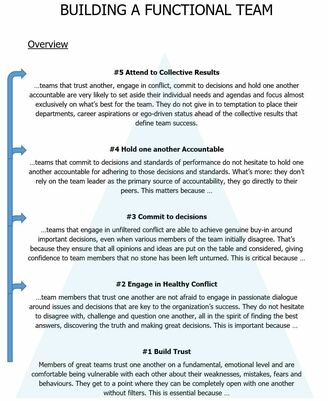 Adapted 'positively' from Patrick Lencioni
Adapted 'positively' from Patrick Lencioni “So, which training models do you use most frequently when working with teams”, a young woman asked, obviously knowing something about the subject matter. After my standard reply – “it’s not so much the model, it’s the way that you use it which makes the difference" - I reflected further and went on to quote Patrick Lencioni’s model. My conversational partner showed interest so... having just finished a project with the management team in a banking group, I re-assured her that his model provided a thoroughly practical and useful approach, if and when applied correctly.
In a nutshell, Lencioni shows how building mutual trust among team members being encouraged to express their vulnerability, can lead you to a place where they can be completely open with each other. Without establishing that first, fundamental level of cooperation, people continue to hold their leader as the primary source of accountability. And “accountability must be delegated to achieve lasting success’” …in my opinion, I hastily added.
After checking out the correct spelling of his name, my conversation partner advised me that she would do what all enthusiastic people do and ‘google him’.
With a willing audience of one, the conversation continued, and I explained that, as a facilitator, my job in large part, is to create an atmosphere where people will open up to each other, even when there is a current trust deficit. That is why when using this model, even with well-established teams, most of our time gets spent in exercises which support the first two steps and, to be honest, these often get quite intertwined. On the one hand, how can you build trust without revealing emotional and vulnerable aspects of your persona? On the other, how can you engage in healthy conflict without trusting that you will not be judged or mocked by others? Even worse for some, how do you engage in conflict while being concerned about being too direct and offending feelings?

Team building needs to be worked at. So, this is my preferred model, one of a number I use; and Yes, the reason to work with someone like me (unless of course you can afford and get hold of the very busy Mr Lencioni) is that I can leverage the experience of running thirty plus sessions based on and around such models – adding a few sidesteps into my own leadership narratives. This is more or less what I told the young woman I found myself in conversation with, who turned out to be working in the sales department of a large sport and leisure business.
“Does it always work?” she asked.
“Perhaps some cannot afford you”, she said boldly… to which I replied that ironically, the problem is almost never one of money, it is one of time.
“As you know”, I observed, thinking of her job working in a sales department, “citing time as the reason to not do something is hardly ever the real reason. It’s a smokescreen. Just as a parent may decide not to cook meals at home and blame it on a lack of time (yet still average an hour a day on Facebook), we don't like to admit that we are simply choosing to set our priorities elsewhere. Keeping up-to-date on Facebook is more entertaining and for some, simply more important than home cooking. Yet do you hear people say: “I’m getting a take-away for the kids because I prefer to spend my time on Facebook.” You’re much more likely to hear someone say that they just don’t have the time to cook.
And with that, our conversation came to a quick end. "Now you’re just trying to make me feel guilty," she said. "I have to go home and cook dinner." With which she thanked me for the conversation and then left. I like to think that we had developed a little mutual trust together with the nature of our conversation. I wonder if she considered it further.

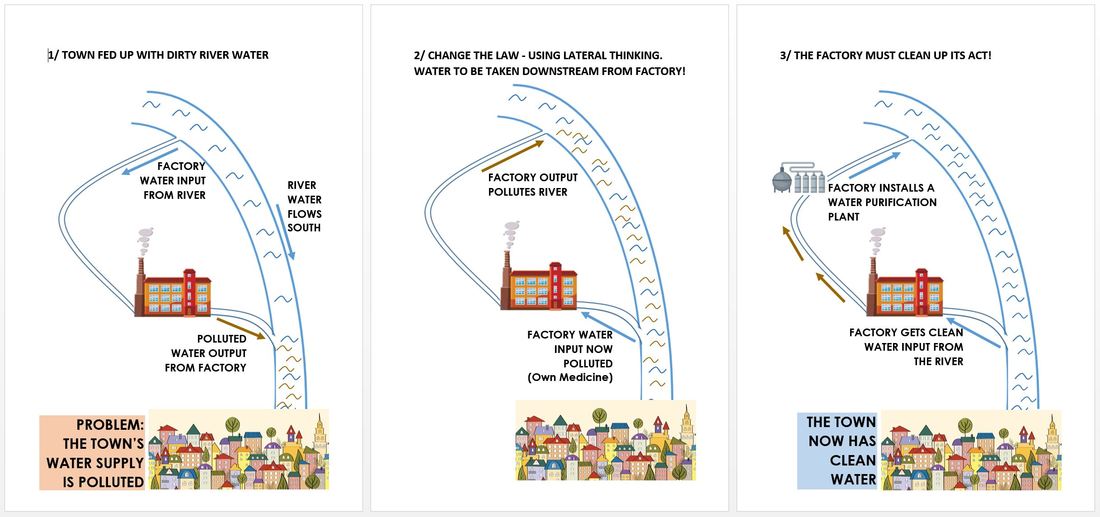


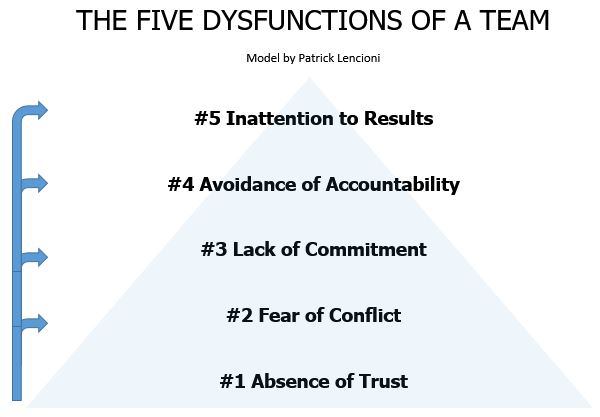
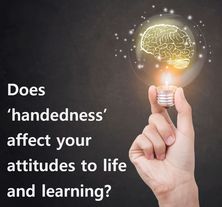
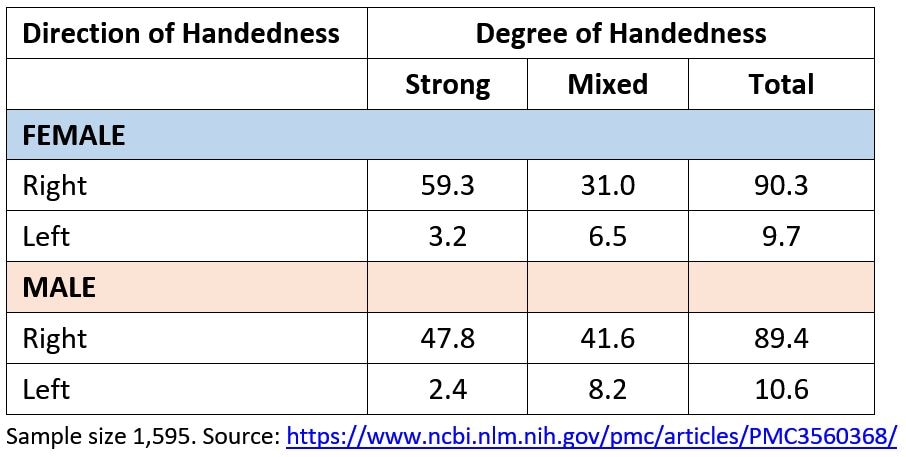






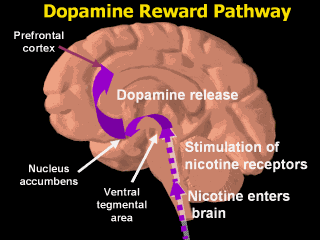

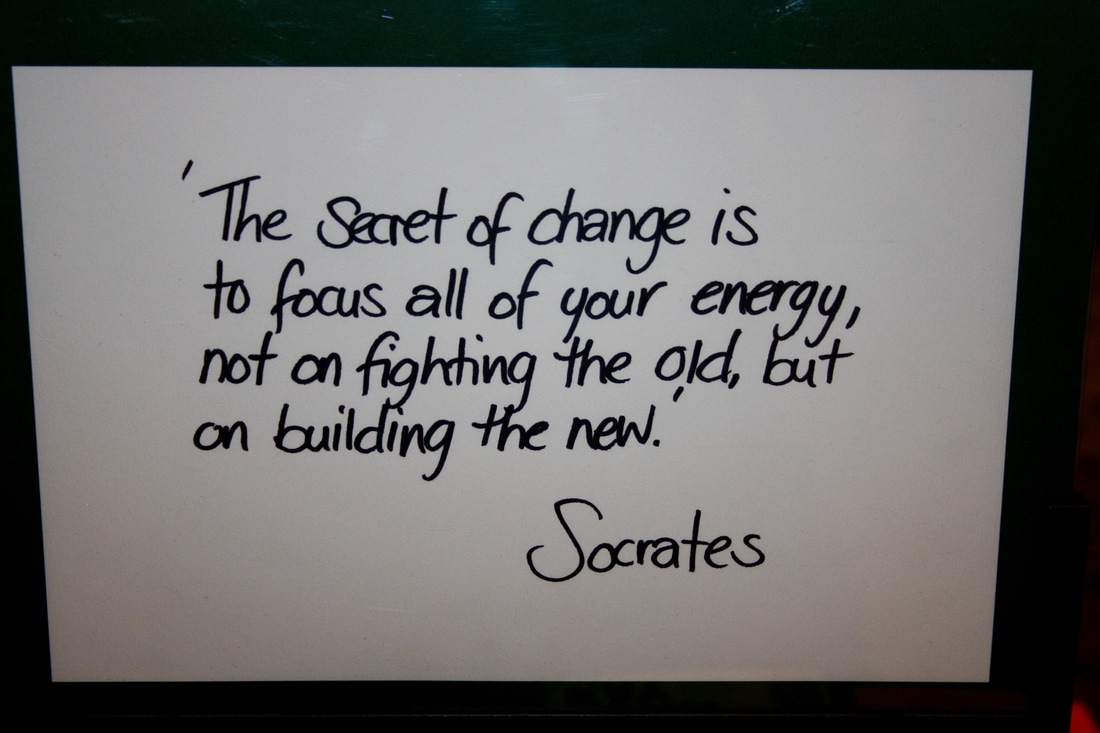
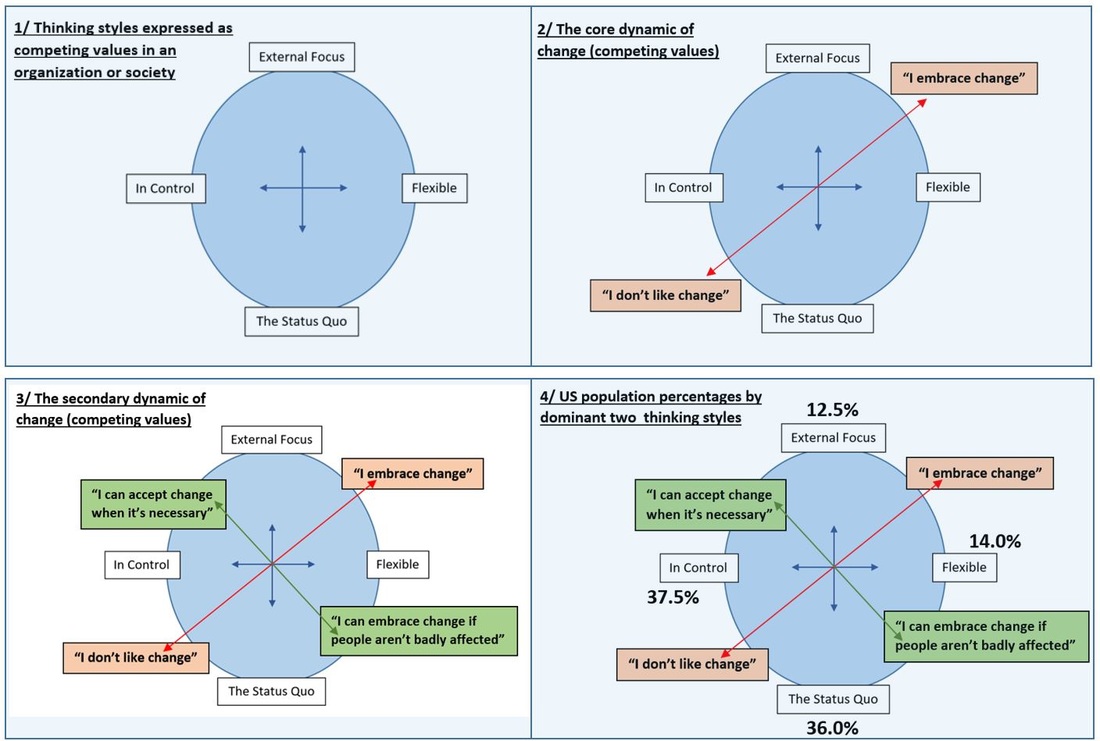
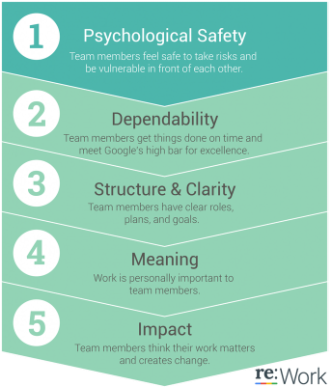
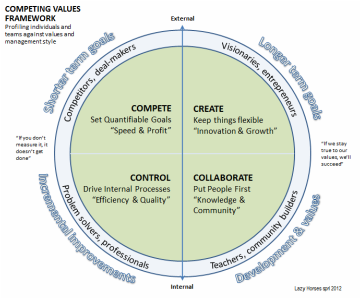
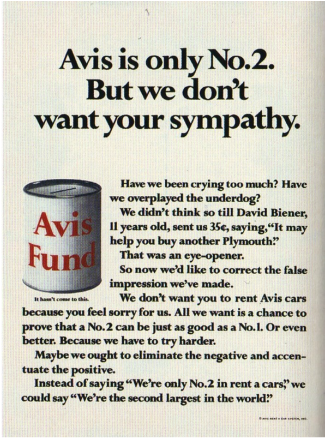


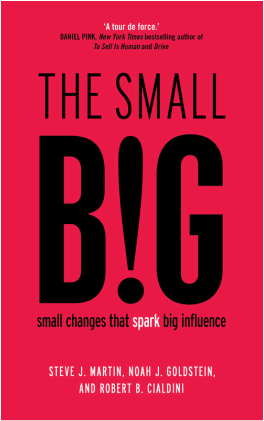
 RSS Feed
RSS Feed